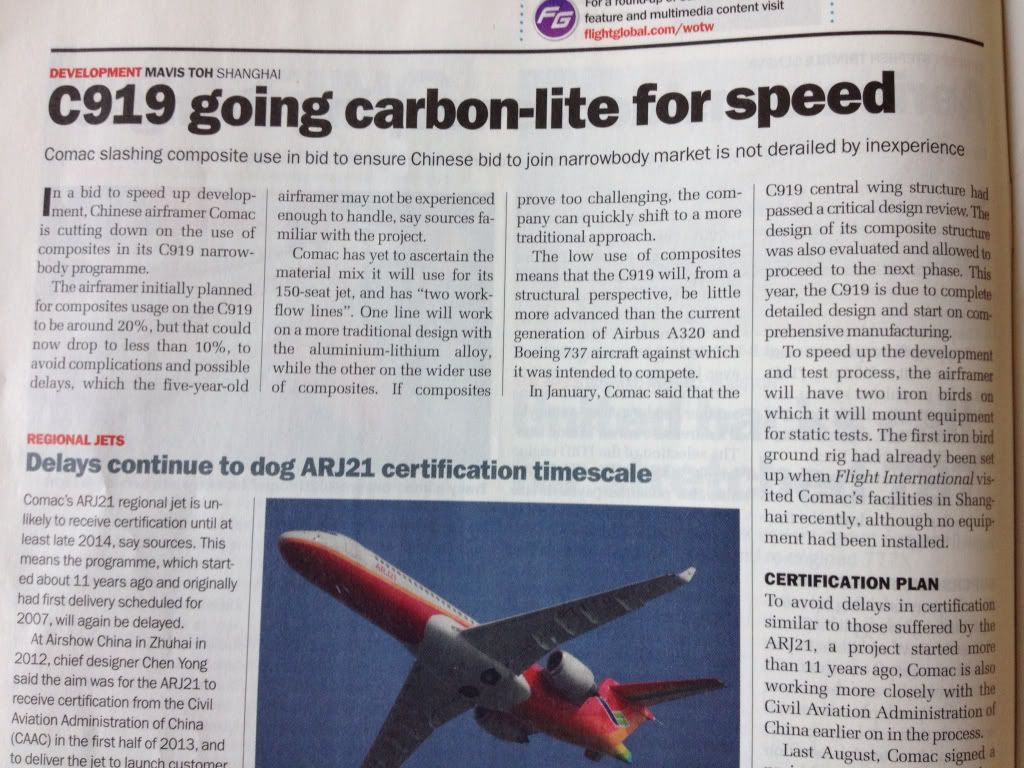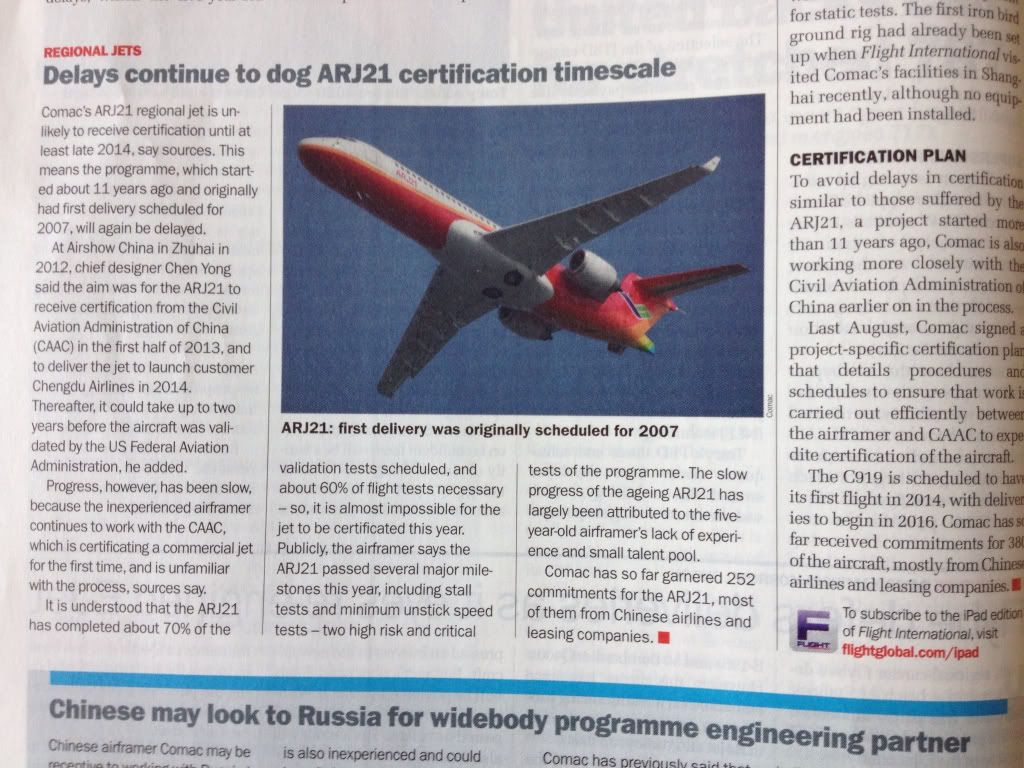printers help China jet fighter R & D
2013-06-17 — Creating a miniature plastic aeroplane using a household computer and a 3-D printer is no longer just a dream for aircraft enthusiasts. But what about printing out a real plane?
Chinese scientists and aviation engineers says it’s possible.
And they’re now starting to print out aircraft components from a 3-D printer without the help of traditional manufacturing processes such as casting, forging and assembling.
These can even include key structures such as landing gear, which has to be able to withstand extreme forces.
3-D printing, also known as laser rapid forming, is an emerging manufacturing technology in which blueprints made on computers can be turned into actual products by printers that add layer after layer of material until the finished shape is achieved.
It’s not clear how many materials Chinese scientists can use when printing out aircraft parts, but Stratasys, the world’s leading manufacturer of 3-D printers, says its machines can combine more than 100 different materials to form 3-D products, including wood, plastics and metals. Reports on the mainland have said 3-D printing technology has been used by China’s aviation industry.
It features in the country’s first home-grown commercial airliner, the C919, its first aircraft-based jet fighter, the J-15, its multi-role fighter and bomber, the J-16, its first home-made stealth jet fighter, the J-20, and its mid-sized, fifth-generation jet fighter, the J-31.
The J-20 appeared much earlier than Western military analysts had expected.
Former US defence secretary Dr Robert Gates once said that China would not have a “fifth-generation aircraft by 2020″.
Beijing responded by showing him the J-20′s successful maiden test flight when he visited the country in January 2011.
In the 1980s and 1990s, China took at least 10 years to develop the J-10, its third-generation all-weather jet fighter, currently a mainstay of the People’s Liberation Army Air Force. But the development of the J-15 took just three years and it made its maiden test flight on August 31, 2009.
The PLA Navy announced the formal establishment of an aviation force for future carrier-based operations earlier this month, and the next day China Central Television reported that the first of its J-15s had been put on the production line early this year.
Sun Cong , deputy chief engineer at the Aviation Industry Corporation of China (AVIC), the nation’s leading military aircraft manufacturer, said the unprecedented adoption of 3-D printing technology for his J-15 project had made a significant contribution to its success.
“I would like to say that … the world was not astonished by our technology, but by China’s efficiency in aviation industry development,” Sun, the J-15′s chief engineer, told Science and Technology Daily in March.
“The J-15 project started without a solid technical basis … but now it has caught up to the technical level of the US’ most advanced third-generation, carried-based aircraft, the F/A-18 Hornet.” Sun told the Beijing Times the primary force-bearing structure of the J-15, including its landing gear, was formed by high-tensile titanium alloy powder sprayed from a 3-D printer.
Aviation engineer Huang Weidong , a professor at the College of Material Science and Engineering at Northwestern Polytechnic University in Xian , Shaanxi , produced a three-metre-long titanium structure that is a key component of the C919′s wing, on New Year’s Eve last year.
He told the Chinese industry website lasterfair.com he had been using 3-D printing technology since 1995, with the output of his research commonly used in the aviation, aerospace, machinery, medical and other sectors.
“After near 20 years of research and development, [3-D printing technology in China] can produce … products that can replace metal structures made by complicated traditional manufacturing processes,” he said.


